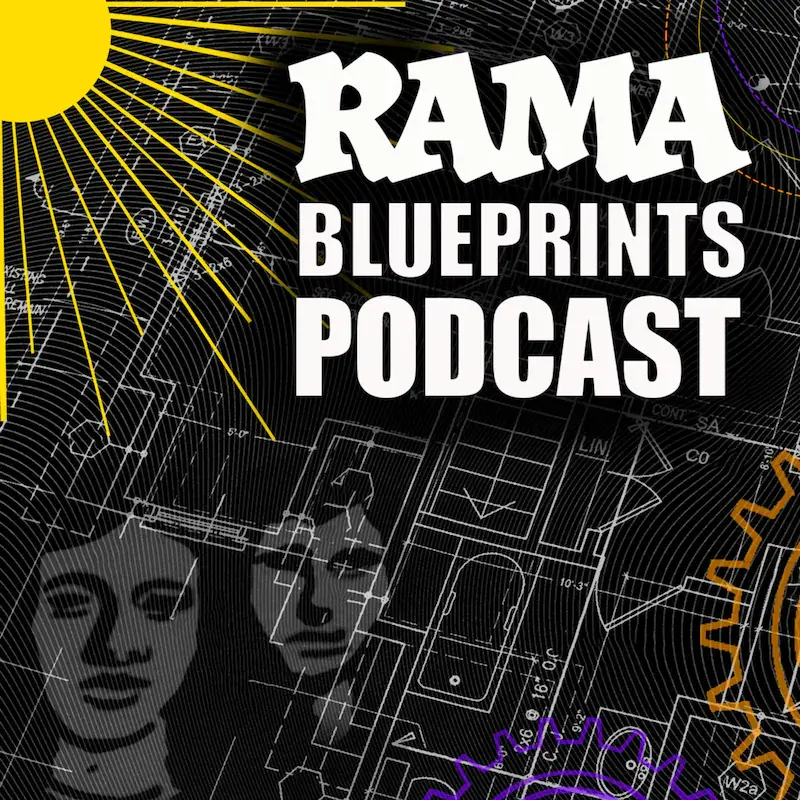Nonbinary Gender Identity in Latin America
- Eduardo Morales, PhD.

- Apr 14, 2023
- 3 min read
By EduardoMorales, Ph.D.
A challenge among Spanish speaking nations in Latin America is that the Spanish language references all things in a binary gender form, masculine or feminine. Since everything is expressed with reference to a binary gender. There is no manner or reference to the world as not having one of these two genders. In examining the history of the indigenous populations in Latin America the notion of a third gender or two spirit persons is found in various parts of Latin America. Persons who identify as having two spirits were given a place within the communities of indigenous people. One can examine this among certain sectors of southern Mexico. Muxe is a Zapotec term and the custom and identity of muxes can be found on the Istmo de Tehuantepec where they are an important part of the community. One can observe that many of the muxes work preparing the traditional fiestas, make costumes for baptisms, communions, quiceañeras (15th birthday parties), weddings, and preparing church decorations. They tend to dedicate themselves in creating art and handicrafts to sell at markets.

According to Marinella Miano Borruso in an article entitled Entre lo local y lo global. Los Muxes en el siglo XXI (between local and global. Muxes in the 21st Century) “An important difference with urban Western sexual culture is that for Zapotecs, only sexual relationships between a muxe and a heterosexual male have meaning. A large presence of muxe can be found in the Mexican state of Oaxaca. Even though some locals still discriminate against muxes, and the muxe community as a whole has less opportunity to study and gain employment, the traditional indigenous division of three genders as a natural and traditional way of being has inspired the LGBT scene around the world. Relations between muxes or between a muxe and a gay man don’t make sense, in fact they are even inconceivable. No muxe would sleep with a man who considers himself gay.”
Muxes are involved in the struggle for LGBT rights. According to Ola Synowiec, Amaranta Gómez Regalado, a muxe from Juchitán, was a local candidate in the elections for the Mexican Congress. Even though she didn’t get enough votes, she became famously known as the first transsexual candidate of Mexico. As of 2018, she was involved in politics, especially in campaigns against homophobia and for HIV/AIDS prevention. “For the Mexican and international gay community, Juchitán has become a queer paradise and a symbol of tolerance. Even though some locals still discriminate against muxes, and the muxe community as a whole has less opportunity to study and gain employment, the traditional indigenous division of three genders as a natural and traditional way of being has inspired the LGBT scene around the world – and muxes are becoming aware of it.” Interestingly, Mexico has one of the highest rates of crimes against the LGBT community with an estimated 202 people being murdered due to homophobia between January 2014 and December 2016.
Mexico City was the first Latin American capital to legalize same-sex marriage and according to Mexico’s laws recognition of marriages in one city or county in Mexico must be recognized nationwide. According to a report prepared for the Office of Refugee Resettlement of the U.S. Department of Health and Human Services by Heartland Alliance (2012), between 3.8% and 4.6% of refugee and asylum seekers are LGBT. The San Francisco Asylum Office estimates that 5% to 10% of claims filed in that office are based on sexual orientation or gender identity. The lack of uniformity of tolerance and acceptance of LGBT persons in the United States makes detailed estimates very difficult according to this report. Many LGBT refugees and those seeking asylum often feel vulnerable even in our own systems where U.S. processing representatives may assume LGBTs can re- turn to their country provided, they relocate within their country, become discreet, and avoid being targets of violence. As they apply for proper documentation, there are challenges in accessing public assistance, health care, housing, employment, and social support systems for their well-being and survival. According to the Heartland Alliance report in 2012, more than 90% of the acts of violence are directed toward gay males. Little is known about lesbians experiencing violence.
The dialogue about transgender persons is quite complex. It appears we have much to learn from the indigenous cultures in Latin America. How they incorporate the concept of a third gender as a social gender of two spirits is a valuable framework for us to consider when we contemplate the variety of gender expressions.





Comments